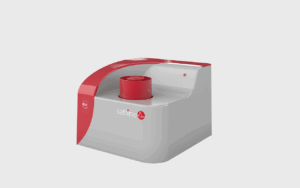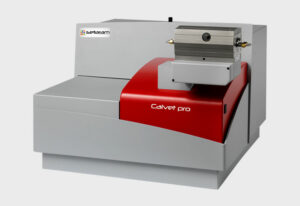Characterization of food products
Discover how our thermal analysis and calorimetry techniques can measure protein and carbohydrate transitions, as well as lipid phase diagrams. They can also be used to identify certain components in raw materials and reconstituted products.

Solutions to optimize your production processes and food stability
The characterization of food products is a challenge in both industry and research. By applying our solutions to lipids, carbohydrates and proteins and their treatment processes, you can optimize these processes and improve the quality and stability of the food products you purchase, develop or produce.
-
Carbohydrates
Heating of carbohydrates like sugars, starches or gel forming substances means triggering reactions. For instance: water release, melting, decomposition, gelatinization, retrogradation or gel formation. Our DSC solutions provide data to study and maintain control over these reactions.
-
Food proteins
In the food industry, it is important to test proteins with DSC for their temperature of unfolding, aggregation and of glass transition. Indeed, when transforming, food products may lose their properties and change structure.
-
Oils, Fat, Lipids
Lipids provide food products with specific texture, flavor release, or ageing resistance. But an uncontrolled change of lipid structure may lead to an undesired change of product quality. DSC is used to detect and understand these structure changes in lipids.
-
Food processing
You may use many food processing methods with thermal or pressure treatments. With DSC, calorimetry and microcalorimetry you can measure interesting data for process engineering. It includes heat capacity, heat of freezing, or the influence of pressure on ingredient properties.
Associated products


Brochures & Application Notes
Application notes
- Gelatinization of different starches in water by microdsc
- melting of different sugars by dsc
- Determination of the Solid Fat Index (SFI) of Chocolate by DSC
- Freezing of an extract of liquid coffee
- Melting and gelation of kappa carrageenan by microcalvet
- Crystallization of palm oils by dsc
- Melting of different types of chocolates by DSC







